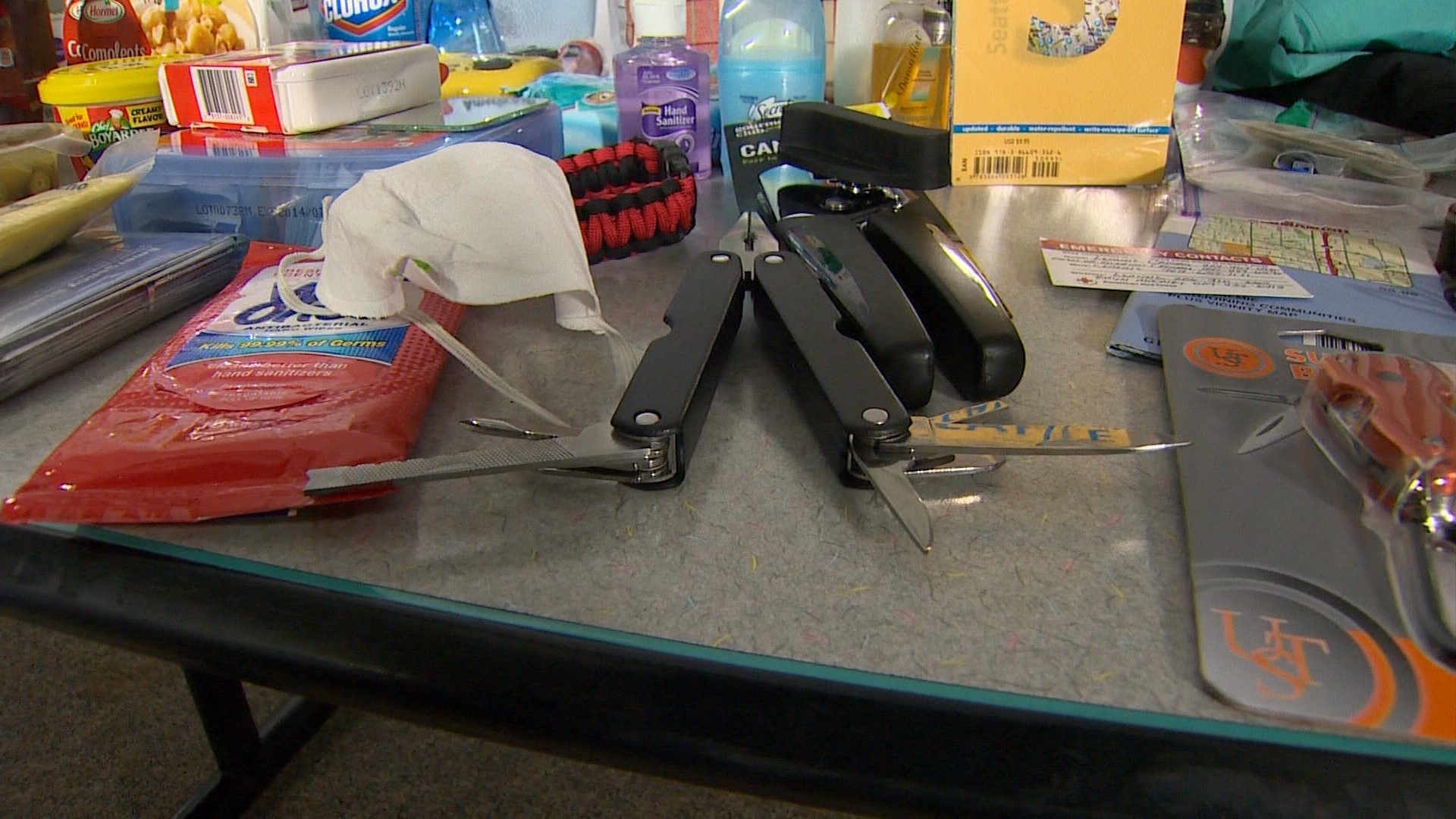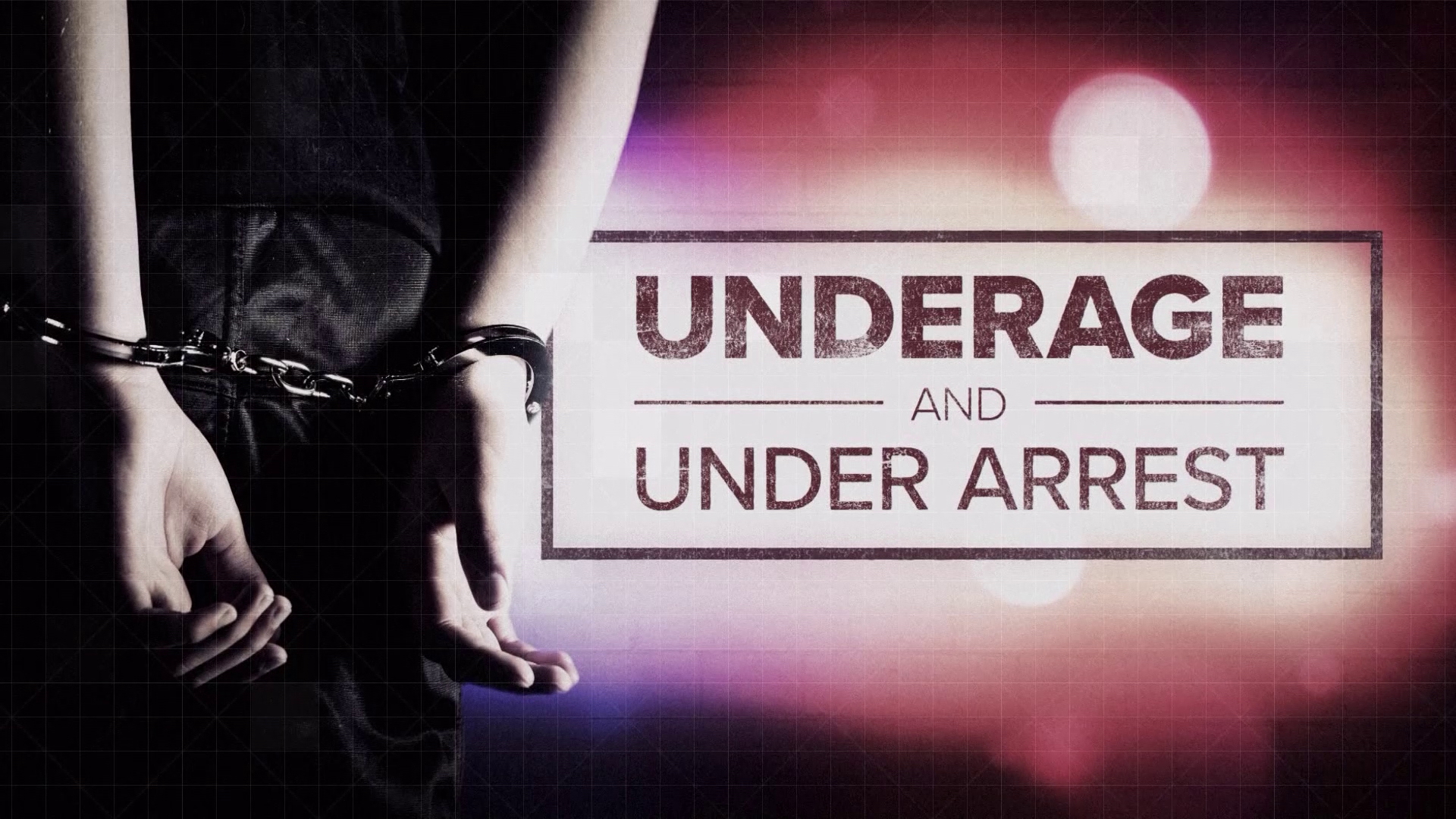It's a scary statistic: less than 50 percent of people in the Puget Sound region have actually taken steps to prepare themselves for a disaster, according to the American Red Cross.
"We have found specifically last year after we did a very large exercise, multiple states looked at what would really happen if the big one hits, the Cascadia Subduction Zone earthquake, something of that scale. And the reality is that it's going to take more than three days potentially for first responders to get to people, Said Colin Downey with the American Red Cross.
The June 2016 Cascadia Rising drill highlighted that concern and prompted a new recommendation that calls for a 14-day emergency supply kit for every member of your family.
But emergency officials stress that building that supply kit doesn't have to break the bank. KING 5 reached out to the American Red Cross for tips on how to start preparing your family without spending a lot of money.
"That's a question we get a lot," said Deb Crosby, a preparedness educator with the American Red Cross. "Start at home. Look at the checklist and see what you have at home that's already available to you. And things you may not have thought were part of an emergency kit, they may already be part of your normal every day life."
The recommended list of supplies includes a two week supply of food, a can opener, a flashlight, personal hygiene items, cash, toilet paper, a two-week supply of medications, identification and important documents, a fire extinguisher, warm clothes, extra batteries, sturdy shoes, and a first aid kit.
Crosby says families shouldn't let that list overwhelm them. For instance, she says a lot of people likely already own some of those items, like can openers and flashlights.
Next, she says, focus on water. Your emergency supply kit should include one gallon of water per person, per day. But that doesn't mean you have to go to the store and buy dozens of gallons of water.
You can bottle water yourself without spending any money.
"If you have a container, if you have a juice bottle, an empty soda bottle, you can put water in it. That's a start. It didn't cost you anything. If you wash it appropriately and store it, and if it's city water it is already treated with chlorine, so it's going to be safe in that bottle," said Crosby.
Another money-saving tip, when looking at the suggested list of supplies: shop around. Crosby tells people to look for coupons, and when you find a good deal on an item, buy it.
"I go to the discount stores. I went to dollar stores, and everything there is a dollar or less," said Crosby. "An emergency blanket, and a rain poncho, I found these for less than a dollar. You can five them at Big 5, Walmart, sporting goods stores, everyone has them."
By far, her biggest message is that you don't have to purchase everything all at once. What matters most is that you start building it soon.
"You don't have to have that whole kit today. You can build it over time. You can build it as you have funds. You can say okay I can go out and spend $3 this week, what can I get for $3. So just start small, and grow your kit over time," said Crosby."


